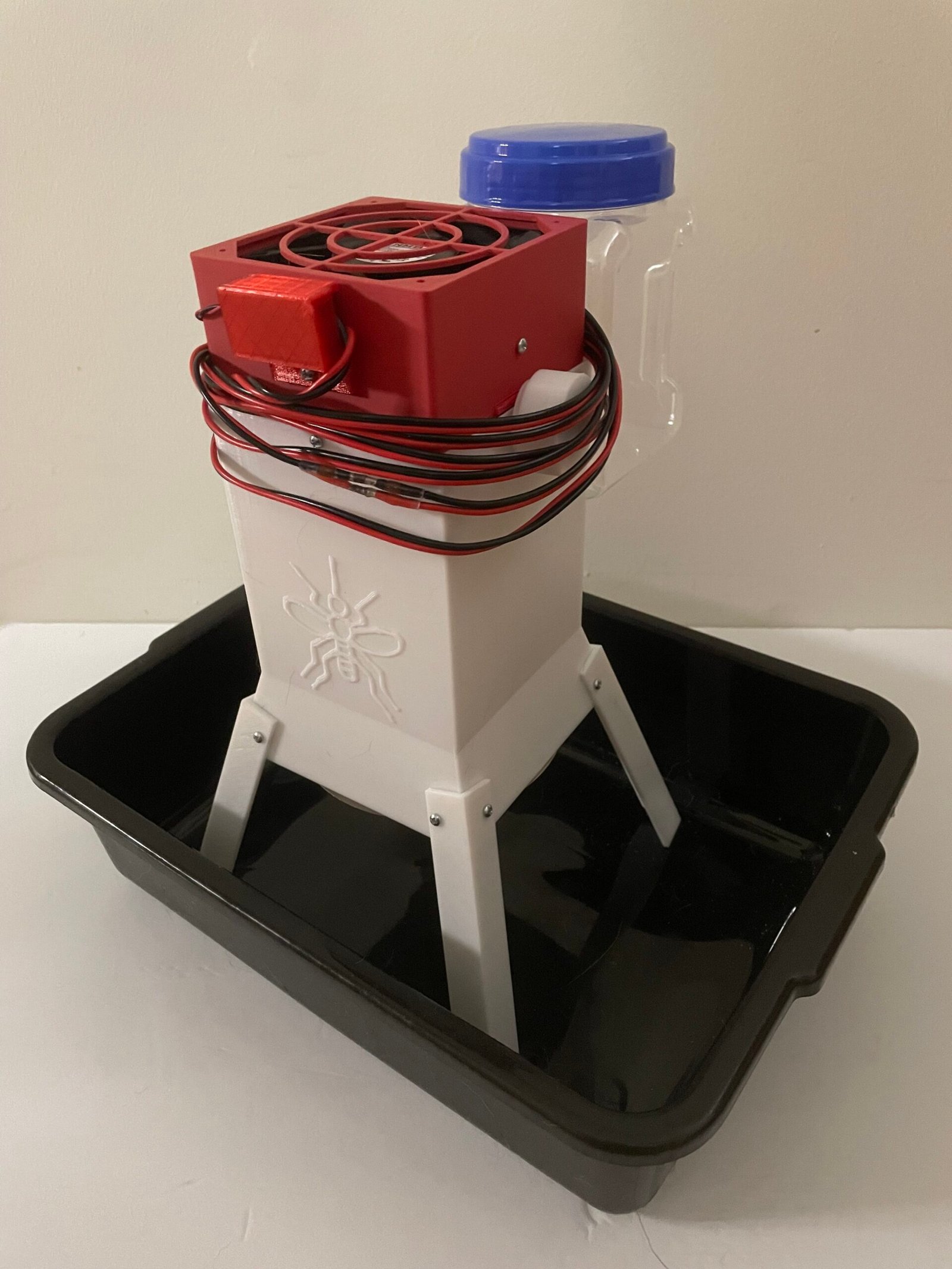Your cart is currently empty!

Gravid Traps vs. Light Traps: Which is Better for Your Project?
Introduction
Selecting the right mosquito trap is critical for collecting high-quality, relevant data in surveillance and research projects. Two of the most widely used designs are gravid traps and light traps — each with distinct advantages depending on your goals.
In this guide, we’ll break down how they work, what they’re best used for, and how to pick the right trap for your specific project.
What Are Gravid Traps?
Purpose: Target gravid (egg-carrying) female mosquitoes ready to lay eggs.
Mechanism:
- Use organic infusion attractants (often fermented plant or hay infusions) to mimic breeding habitats.
- Draw in older females who have fed at least once — increasing likelihood of detecting pathogen presence.
Best For:
- Public health disease surveillance (West Nile virus, St. Louis encephalitis)
- Culex mosquito monitoring
- Pathogen detection programs
Pros:
- Highly species-selective
- Ideal for virus testing
- Minimal non-target captures
Cons:
- Limited species diversity
- Requires infusion preparation and maintenance
Recommended Product: [Entovate Gravid Traps] – durable, field-proven design for reliable vector detection.
What Are Light Traps?
Purpose: Attract host-seeking female mosquitoes (and some males) using visual and often CO₂ cues.
Mechanism:
- Light source draws in phototactic species
- Optional CO₂ bait expands attraction range to many species
Best For:
- Broad species diversity surveys
- Population density estimates
- Habitat comparison studies
Pros:
- Captures a wide variety of species
- Can run overnight for large sample sizes
- Easy to deploy in multiple habitats
Cons:
- Less selective — may require more sorting in lab
- May underrepresent non-phototactic species
Recommended Product: [Entovate Mosquito Light Traps] – designed for maximum capture efficiency with rugged field performance.
Side-by-Side Comparison
| Feature | Gravid Trap | Light Trap |
|---|---|---|
| Target Stage | Gravid (egg-laying) females | Host-seeking females (and some males) |
| Species Selectivity | High (Culex focus) | Broad |
| Best Use Case | Virus detection, targeted surveillance | Diversity surveys, abundance monitoring |
| Non-target Capture | Low | Moderate to high |
| Ease of Use | Moderate (requires infusion prep) | Easy (especially with battery/CO₂ setups) |
| Data Focus | Pathogen presence | Population diversity/density |
How to Choose the Right Trap
Ask these key questions:
- What is your objective?
- Pathogen detection → Gravid trap
- Species richness & abundance → Light trap
- Which mosquito species are you targeting?
- Primarily Culex → Gravid trap
- Mixed species → Light trap
- What are your deployment conditions?
- Urban or semi-urban breeding sites → Gravid trap
- Rural/wild habitats → Light trap
Pro Tip: Combine for Better Results
Many vector control agencies and researchers use both trap types in parallel. Gravid traps deliver high-value samples for virus testing, while light traps broaden species coverage and provide abundance metrics. Together, they create a more complete surveillance picture.
Get the Right Tools for Your Program
At Entovate, we specialize in research-grade mosquito surveillance equipment designed for durability, accuracy, and ease of deployment in field conditions.
- [Gravid Mosquito Traps] – proven for targeted disease surveillance gravid-trap
- [Mosquito Light Traps] – ideal for biodiversity surveys and density studies light-traps
Contact us today to discuss the best trap setup for your monitoring or research program. contact